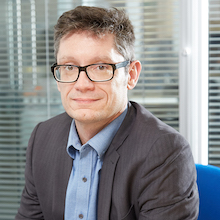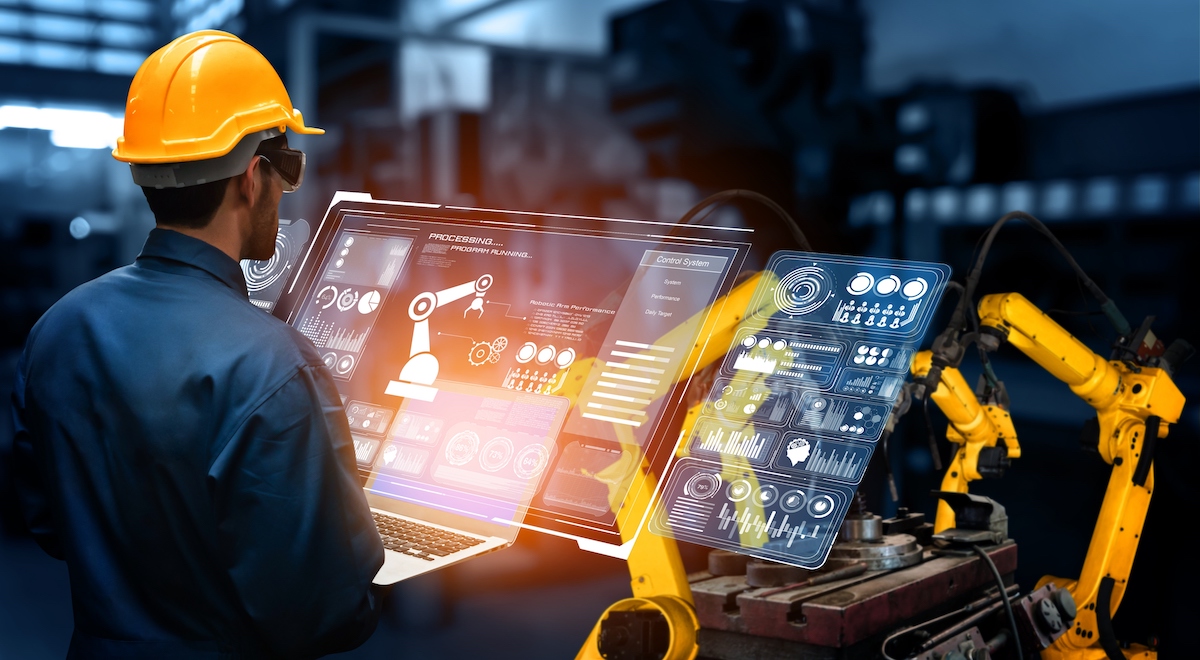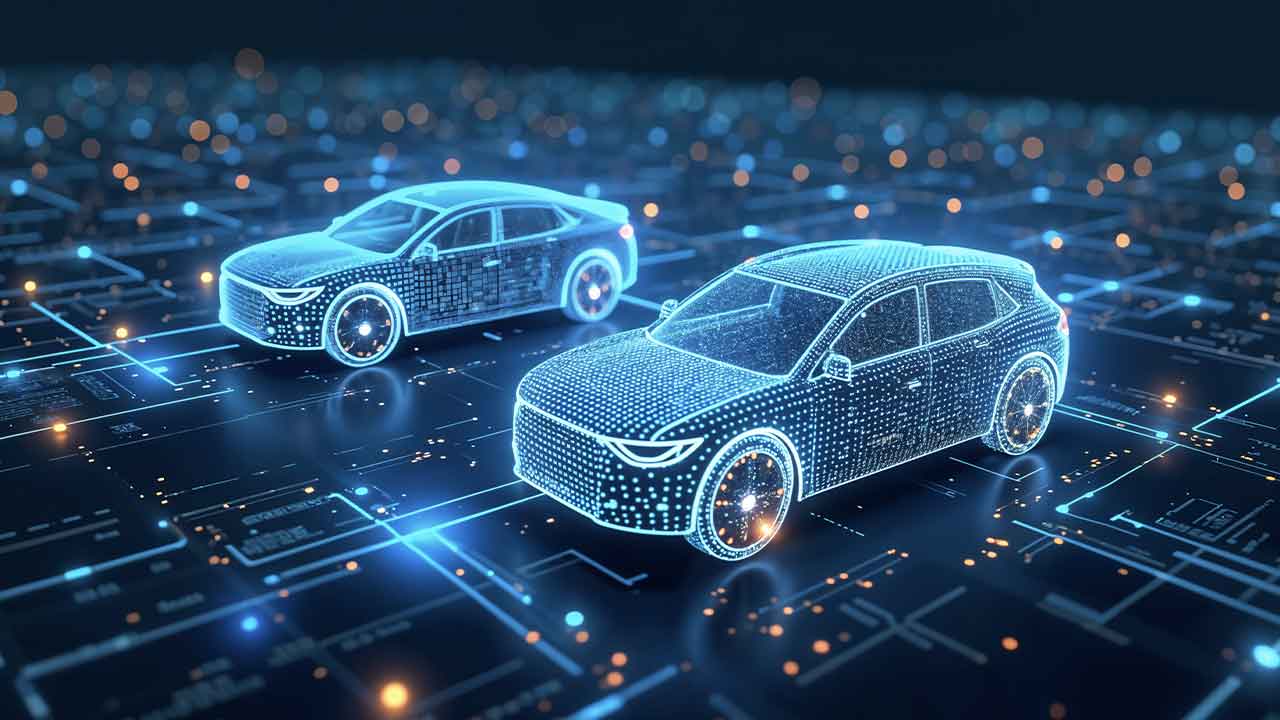Powering the Trillion Sensor Industrial Internet of Things Dream
Much has been talked about the trillion sensor Internet of Things dream, where machines, people and services will be connected wirelessly. There are already 21.5 Bn connected devices in the world [1] today, but most are powered through the mains. For the real revolution of many wirelessly connected and autonomously powered IoT devices to exist, a step forward in terms of product design and new technologies is required. Through interacting with product designers for many years, below are my tips for optimising designs so the device can reach its full potential.
Tips for Powering the Trillion Sensor Industrial Internet of Things Dream
1. Consider harvesting energy from the ambient environment
Much effort is being put in developing technologies that remove the battery altogether by harvesting energy from the environment. EnOcean for example, created a large ecosystem and set of applications providing sensing and communications through mechanical actions, such as pressing a switch. But most applications cannot rely on harvesting energy only, simply because of the intermittent aspect of ambient energy (the simplest case would be the lack of solar energy at night) and in many cases a battery will be required as “back-up”. Harvesting light from solar energy is the most common type of energy harvesting and even at low luminosity level, for example indoors, energy of the order of 20 μW/cm2 can be harvested from cm2-scale PV cells from UK manufacturer Lightricity; which is plenty to keep a small solid state battery topped up. WindTak, a Polish manufacturer of Vortex Generators, have a small device placed on top of a wind turbine blade which improves wind aerodynamics around the blade and maximises electricity output. These Vortex Generators are a great place to add micro-electronic sensors which can use the vibration frequency signature of the blade to indicate possible failures such as cracks, erosion or delamination endured through icing, thunder or simply normal use. Using solar energy to recharge the solid state battery is one obvious possibility but has limitations for wind turbines placed in the North Sea which could see many days of darkness or low light in winter. Harvesting energy from the vibration of the blade itself was considered as a second source of energy: even with small 770kW blades, highly turbulent winds can create +/- 20 g acceleration with wind velocities of 10 m/s. In an earlier trial using a demonstration blade at the Offshore Renewable Energy Catapult in the UK, 20 μW of energy recharged a solid state battery, from a macro-fiber composite vibration actuator provided by Smart Material.
2. Maximising cycle life through trickle charging
Another benefit of Energy Harvesting is that using a source of ambient energy available for many hours at a time (for example all day long when using PV panels) allows for slow charging of the battery. This is the ideal situation for a battery and maximises its cycle life. Even though solid state batteries can be recharged very fast when necessary, namely 80% of full capacity can be recharged in 10 minutes. This may be unusual in remote monitoring situations: perhaps if the battery has been fully drained during a long arctic night or after a long bank holiday weekend when lights and machines in an office or factory have been turned off. Fast recharging in the morning to ensure that the sensors can still operate would be important. But the rest of the time, the battery can be trickle-charged, i.e. charged slowly with a low current, and kept topped-up, fully charged for a great majority of its life, which is an ideal condition for a battery.
3. Maximising cycle life through partial discharges
Rechargeable batteries provide increasing number of possible recharges (“cycles”) when they are only used partially between cycles. For example, a solid state battery that can provide 1000 cycles when discharged fully every time (100% Depth of Discharge, DoD), can provide 10,000s cycles when only partially used, e.g. at 5% DoD every time. If the battery can be trickle-charged regularly with harvested energy and discharged with low DoD between recharges, this will lead to many cycles and indeed many years of usage. The important parameter to consider is the accumulated capacity of the battery, ie the capacity over its lifetime, which could be, for a 250 μAh SSB, 250 x 1000 cycles = 250 mAh – very much in line with a conventional primary coin cell, but much smaller. Hence, designing a device around such a use case can benefit from miniature, mAh-level batteries.
4. Source ultra-low power components
Designers of next generation miniaturised sensing devices should carefully identify the components that will provide a minimised load. But in designing miniaturised sensing devices that are intended to be low maintenance for many years, it is crucial to use components with ultra-low power demands and particularly low quiescent current, ideally under 1 μA. For communications, consider if Bluetooth® Low Energy or Bluetooth® 5 is appropriate. Examples of appropriate low power components include a Nordic chip, nRF52832, which was embedded in Rigado’s BMD-300 module with an ARM Cortex M4 CPU. For power management, e-peas PMIC AEM10941 only requires 400 nA of sleep current.
5. Power vs Energy
It is often assumed that the battery is both a source of power and energy, i.e. that a battery can be very good at storing energy efficiently for very long time, whilst at the same time being the right device for providing the pulse required, for example during communication. Actually, this is often the case, and solid state batteries are particularly good at punching above their weight in terms of rate capability, for example a 250 μAh SSB can provide 20C pulse power, ie 5 mA. In reality, a battery is a storage element, and if a low-leakage current battery is used (such as a solid state battery with nA of leakage current), the energy can be stored efficiently for long duration. If there is enough space on the PCB, it can be beneficial to combine a battery with a small capacitor or supercap (such as those developed by CAP-XX), which can take the charge of providing the high peak power whilst being recharged by the battery when required.
6. Optimise the use case
It is often considered that use case is set in stone as per the user requirements. But the product designer ought to question this: many products are designed with the belief that a large battery will exist that matches the energy budget. This usually turns out not to be the case when constraints in terms of size and long life come to light. Can the rate of sensing be decreased? Is it really necessary to transfer data wirelessly so often? Can data be kept in memory and communicated less frequently? Can the communication device be put in deep sleep for longer?
7 Quantify the Total Cost of Ownership
Product designers often dismiss energy harvesting because (1) they do not know how efficient new technologies have become and (2) are worried that adding a new component will increase their Bill of Materials. This may be the case sometimes, but the real calculation in terms of BoM needs to include the concept of Total Cost of Ownership. It is correct that the initial cost could be higher, through using a solid state battery alongside a supercap and a harvester. The main cost will come later, when the conventional, short life battery has died unexpectedly, leading to a loss of operation for hours or even days. Add to that the cost of sending an engineer to change the battery. Changing the battery on the wind turbine sensor developed by WindTak would not only cost in terms of sending an engineer out, but also in loss of operation, between the battery failure and the next scheduled maintenance stop ; in such a case, sourcing components and designing a circuit that can be considered as much as possible as “perpetual” is a more realistic decision that using cheap off-the shelf, short life batteries.
Further reading: Smart Sensors Increasingly Important in the Industrial IoT Age
About the author
 Denis Pasero is Product Commercialisation Manager at Ilika plc who design miniature, long life solid state batteries, ideally suited to small size, unobtrusive “perpetual” sensing devices intended to be placed, unattended for, for many years, for industrial IoT and remote monitoring applications.
Denis Pasero is Product Commercialisation Manager at Ilika plc who design miniature, long life solid state batteries, ideally suited to small size, unobtrusive “perpetual” sensing devices intended to be placed, unattended for, for many years, for industrial IoT and remote monitoring applications.
[1] https://techjury.net/blog/how-many-iot-devices-are-there/#gref



